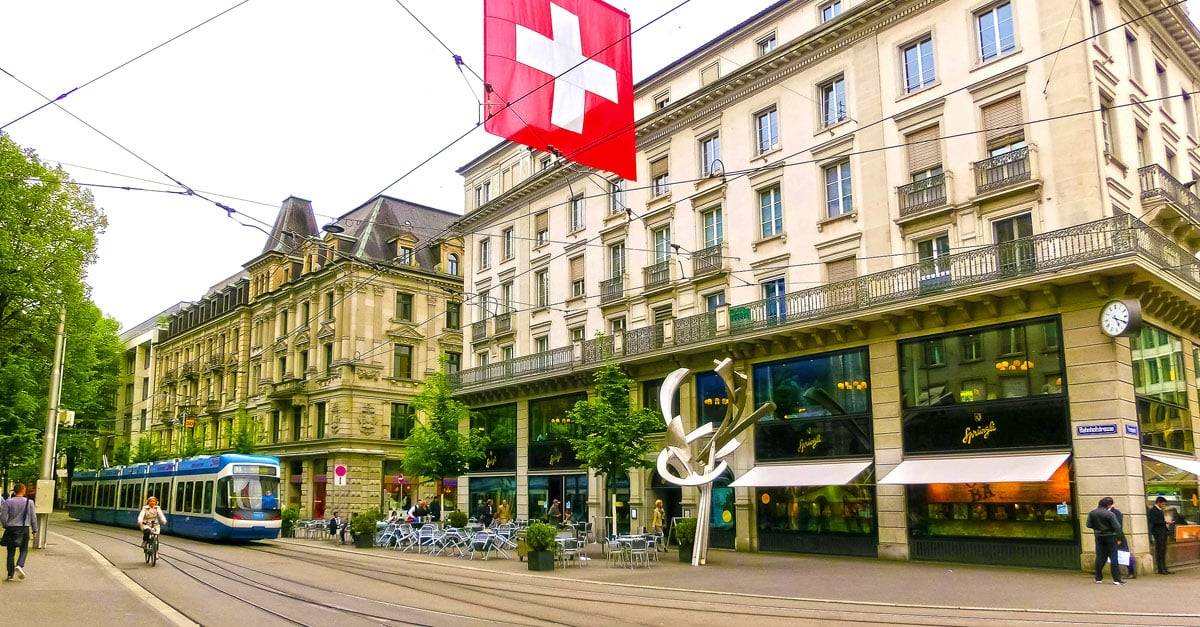Let’s have it simple: What do we need to feel well in our environment? Traffic circumstances are an essential subject of quality of life, says the new Switzerland mobility study.
For many, well-being is connected to peace and quiet. On the other hand, we would like to use our car frequently in order to be comfortable. What are the inhabitants of six Swiss cities doing to combine their mobility with comfort?

Zurich uses public Transport
According to the latest micro-census for mobility and traffic in six Swiss cities, every fourth Zurich citizen uses public transport for his journeys compared to other cities (Basel, Bern, Lucerne, St. Gallen, Winterthur, and Zurich). It is also thanks to the good network. Transport accounts for up to 30% of the journeys made by the urban population. Those who do not like to travel by metro, bus, or train in Zurich prefer to go on foot. By the way, pedestrian traffic in all cities is important; its share is everywhere well over 30%. The top rider is Lucerne, with 44% of people walking regularly.

Basel and Bern like Cycling; St. Gallen leads in Car use
What the Zurichers do not like is cycling. The bicycle share is only 11%, compared to Basel and Bern, where this figure reaches 21% and 19%, respectively. At the bottom are St. Gallen and Lucerne.
Wealth Aggregation: Simple, Dynamic, and Secure Beyond Compare. Discover the Altoo Wealth Platform!
Where you do not use these means of transport, the car comes to the floor. The highest car share is in St. Gallen (38%). Almost half of the inhabitants own a car here. The opposite can be seen in other cities, where cars are slowly disappearing from traffic. In Zurich, Bern, and Basel, the number of cars per capita has decreased significantly in recent years. Today, approximately one in three people owns a car here.
Quieter urban areas
Meanwhile, large parts of the urban road network have also been calmed down. In Lucerne, St. Gallen, and Winterthur, meetings or pedestrian zones were set up on approximately half of the roads Tempo -30. In a slope zone, you can drive no more than 20 km/h; in the pedestrian zone, however, only step speed and vehicle traffic are allowed in a limited amount.
The Transport Club of Switzerland recommends the introduction of Tempo-30 zones in residential areas. The gains in safety and quality of life are huge, but the restrictions on motorised transport are small. The Tempo 30 in residential neighbourhoods is well established in Switzerland. Even less widespread, but very proven, has been Tempo 30 on main roads in bustling town centers. Where pedestrians, cyclists, and car drivers share the road in dense traffic, lower speeds ensure not only greater safety but also a higher quality of stay without hindering the smooth running of traffic.









